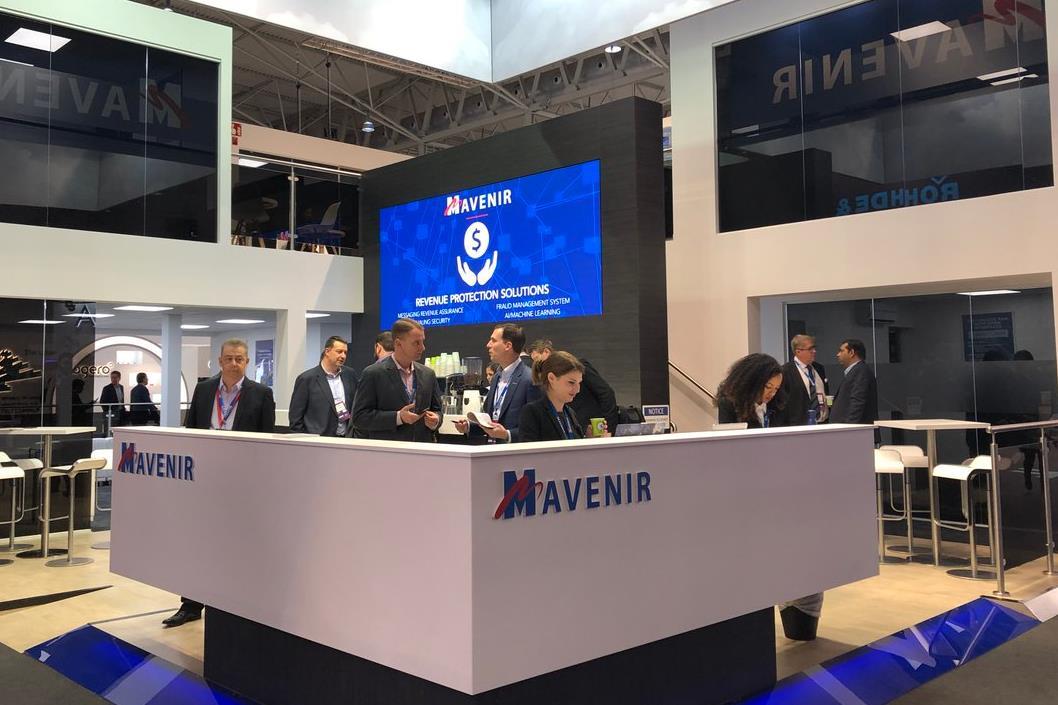Mavenir has raised an additional $155 million in the financing, bringing its total funding to $250 million since July.
Existing investors Siris and Koch Strategic Platforms, a unit of Koch Industries, participated in the most recent round of funding.
“They’re stepping up to do more,” said Pardeep Kohli, President, and CEO of Mavenir. He stated that a portion of the monies will be utilized for working capital so that Mavenir can plan for future supply, such as a year from now.
Mavenir was formed in 2005 with the goal of providing messaging and phone services such as VoLTE. It began exploring at the open Radio Access Network (RAN) market about six years ago.
It has been a prominent advocate for more open interfaces so that operators may mix and match network equipment from different vendors rather than being locked into deals with Ericsson or Nokia.
Mavenir, based in Richardson, Texas, said this latest transaction brings the total strategic capital raised since July 2022 to $250 million.
“It’s been a good ride,” Kohli said, adding that the company now employs over 6,000 people.
This is an increase from around 3,200 individuals in March 2020. He stated that this past summer, the company made certain changes to “reorient,” which included letting some individuals go and hiring others who were more knowledgeable with deploying radios to assist grow that market.
It must also hire workers in the geographic areas where it is deploying equipment. “A lot of this is simple project management,” he explained.
He claims that the company is profitable and growing. Its packet core business has nearly doubled in the last few years. It was less than $10 million in 2020, and “we did over $100 million” last year, he said. “This year, we expect to grow further.”
In 2020, Mavenir proposed an IPO but then decided to postpone those plans due to market volatility.
Because of the way open RAN has evolved, the burden of bringing it all together rests on either the operator, as in the instance of Dish Network, or a systems integrator. Most operators aren’t accustomed to handling everything themselves.
“That’s the transformation I believe we’re making today,” Kohli remarked. “We will actually put it together and provide it to the customer as a turnkey solution.” It’s still based on open RAN and has no proprietary components, but it’s better suited to the way customers are used to working with traditional vendors, he says.
Mavenir is gaining some work from operators who need to replace Huawei equipment with technology considered secure by the US government. Mavenir inked a contract with Triangle Communications in Montana to swap out Huawei gear and replace it with Mavenir’s fully virtualized open RAN and Evolved Packet Core (EPC) network.
Companies like Mavenir are enabling more suppliers to compete and giving operators more options for the products they employ in their networks by developing specifications through groups like the Open RAN Alliance.
However, not everyone believes open RAN will be around for the long haul. Layoffs at Parallel Wireless last summer generated further doubts about the market, with CEO Steve Papa citing the delayed development to open RAN as one of the reasons for the cutbacks.
In general, the open RAN market has come a long way in just a few years, with revenues accelerating at a much faster pace than most everyone expected, surprising both skeptics and proponents, said analyst Stefan Pongratz, VP at Dell’Oro Group, via email this week.
At the same time, the original vision that opened RAN is mostly a new architecture for the non-traditional suppliers is morphing, he said. According to Dell’Oro’s estimates for the first half of 2022, Samsung, Fujitsu, and NEC collectively accounted for about three-fourths of the open RAN market while suppliers like Mavenir, which ranks at No. 6, Parallel Wireless (No. 8), and Altiostar/Rakuten together comprised less than a fifth of the market, he said.
“In retrospect, open RAN revenues have probably accelerated a bit faster than expected while the share gains by the non-traditional suppliers have advanced at a slower pace than anticipated,” Pongratz said. “With open RAN still accounting for <10% of the overall RAN market, it is still early days and it is not too late for the ‘smaller’ suppliers to turn things around. But clearly, the clock is ticking, especially for the ones without non-RAN assets.”
Meanwhile, he stated that one of the primary issues with open RAN is that it cannot give the same performance, energy consumption, and total cost of ownership (TCO) as traditional RAN in some circumstances. Though it is still too early to tell, he believes preliminary indicators from Japan and the United States are optimistic.
When it comes to opening RAN’s function in the larger RAN toolset, he stated that the fundamental goal of operators and organizations is to collaborate with suppliers and partners who can deliver the highest performance and TCO.
“While open RAN is definitely part of this toolkit, proprietary and purpose-built RAN will continue to play essential roles for the foreseeable future,” Pongratz added.



